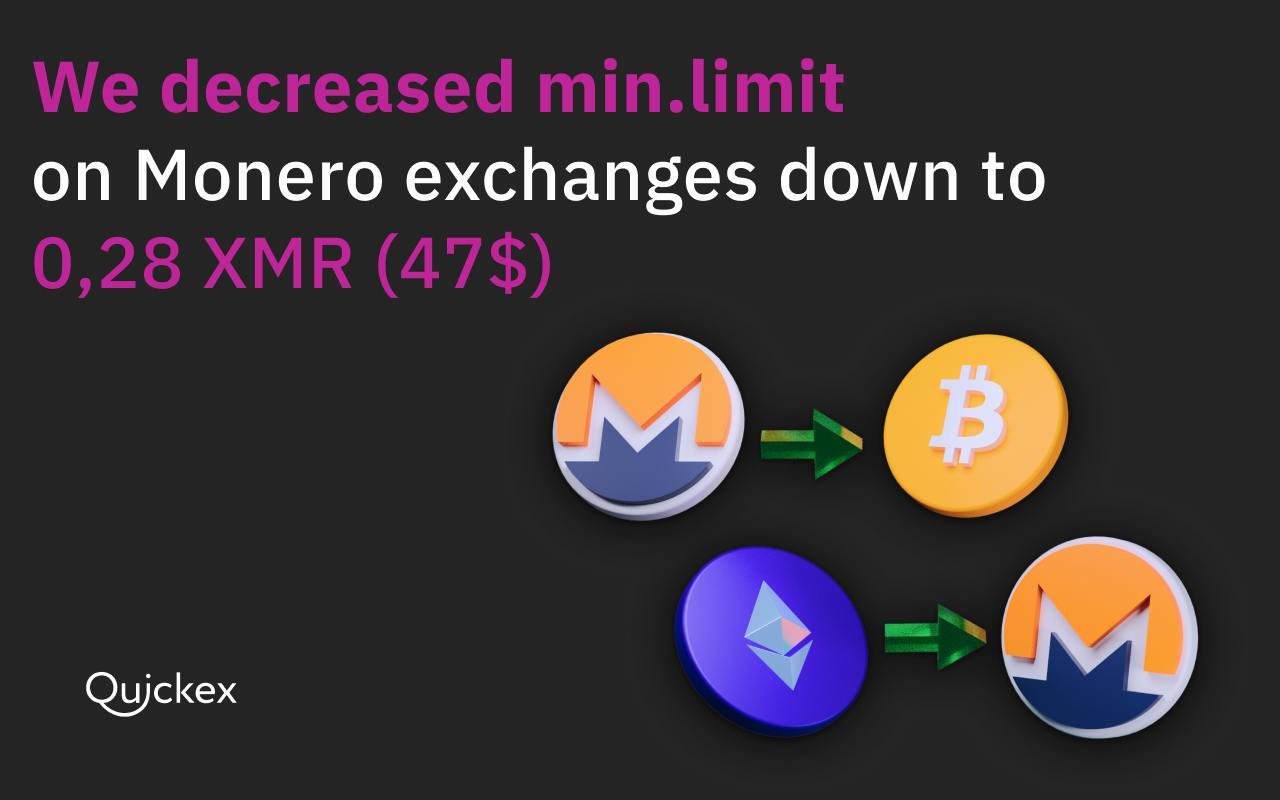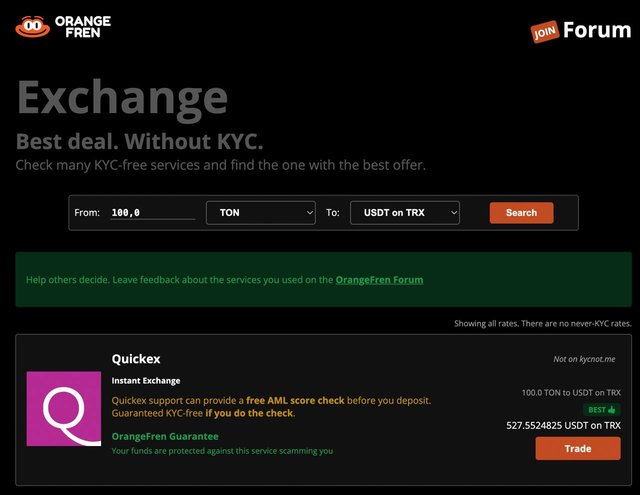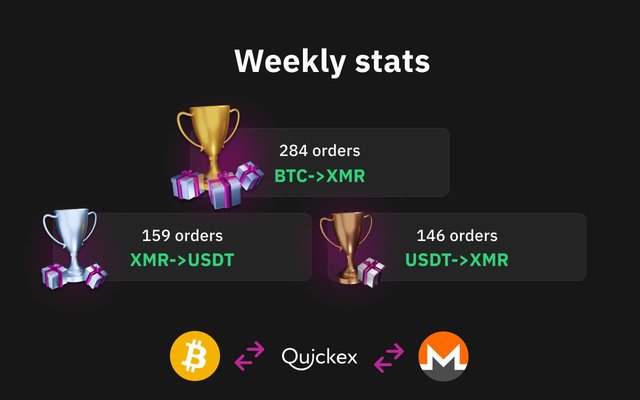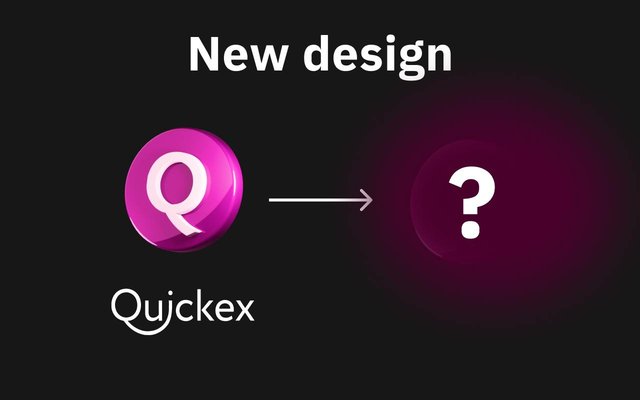Scammers in the Cryptocurrency Sphere: How to Identify Them?
The cryptocurrency sector attracts numerous investors due to its unique opportunities and high returns. However, like any other industry, it is not immune to fraud. Scammers are constantly seeking new ways to deceive, and cryptocurrencies are no exception. In this article, we will explore how scammers create look-alike websites, what they write to gain trust, and why real exchanges only happen on verified platforms like Quickex.io.
Why Monero (XMR) is a Valuable Cryptocurrency for Your Investment Portfolio?
Monero (XMR) stands out as a valuable addition to any investment portfolio for several reasons:
Unmatched Privacy: Monero uses advanced encryption and privacy-focused technologies to ensure that transactions remain anonymous and untraceable, making it a preferred choice for those who value privacy.
Decentralization: Monero operates without a central authority, which enhances its security and resistance to censorship.
Strong Community Support: The Monero community is robust and active, constantly working on updates and improvements to ensure the currency remains at the forefront of privacy-centric cryptocurrencies.
Potential for Growth: Given its unique features and the growing demand for privacy in digital transactions, Monero has significant potential for price appreciation and adoption.
In today’s market, it is crucial to provide services that meet current demands and anticipate future needs. The Quickex platform offers clients not just the ability to exchange BTC for XMR but a comprehensive set of benefits that make the process of cryptocurrency exchange as convenient and profitable as possible.
How Scammers Create Look-Alike Websites
Scammers often create fake websites that look almost identical to legitimate cryptocurrency platforms. They use similar logos, design, and even copy content from original sites. Here are some of the main methods used by scammers:
Fake Domains: Scammers register domains that differ from the real ones by just one or two letters. For example, instead of quickex.io, they might use quickex.pro or quickex.org. These minor changes are easy to miss, especially if the user is in a hurry.
Phishing Pages: These pages are designed to steal users’ personal data, such as logins, passwords, and private keys. They may display fake login or registration forms that appear legitimate.
Fake Contacts and Support: Scammers may create fake contact pages and offer help through fraudulent communication channels, such as email or messengers, to gain access to confidential information.
What Scammers Write to Gain Trust
Scammers often use psychological tricks and manipulations to gain the trust of their victims. Here are some of their tactics:
False Promises: Scammers often promise incredible profits and minimal risks to attract potential victims. They may claim that their platform offers the lowest fees or exclusive bonuses.
Fake Reviews: Scammers create fake reviews from “satisfied users” to convince new users of their platform’s legitimacy. These reviews may be posted on the site or on social media.
Use of Well-Known Names: They may use the names of famous individuals or companies in the cryptocurrency sphere to appear more trustworthy. For example, claiming that their platform is supported by well-known investors or companies.
Social Engineering: Scammers may directly approach users through social networks or messengers, posing as employees of legitimate companies, and try to persuade them to hand over personal data or transfer funds to fraudulent accounts.
Genuine Exchanges Only on Quickex.io
Quickex.io is a verified platform for cryptocurrency exchange that ensures the security and convenience of its users. Here are some key features and conditions of working on Quickex.io:
Security: Quickex.io uses modern encryption technologies to protect the data and funds of its users. The platform also has fraud and phishing protection systems.
Convenience: The platform’s interface is intuitive, making the process of exchanging cryptocurrencies quick and easy even for beginners. Quickex.io supports a wide range of cryptocurrencies for exchange.
Transparency:All transactions on the platform are transparent; users can track their operations in real-time. Information about fees and exchange rates is also provided.
Support: Quickex.io provides 24/7 user support through various communication channels, including email and online chat, to promptly resolve any issues that arise.
Examples of Similar Sites Created by Scammers
Scammers often create sites that look almost identical to original platforms. Here are some examples of fake sites:
Quickex.pro: This site may look identical to the real Quickex.io but has fake login and registration forms designed to steal user data.
Quickex.org: Another example of a fake domain that may be used for phishing and fraud.
Telegram Bots: Scammers may also create fake Telegram bots that offer cryptocurrency exchange. These bots often mimic legitimate services but are designed to steal funds and data.
Conclusion
The cryptocurrency sphere continues to attract the attention of both investors and scammers. To protect your funds and data, it is important to be vigilant and use only verified platforms for cryptocurrency exchange, such as Quickex.io. Pay attention to small details, such as the website’s domain name, and be wary of offers that seem too good to be true. Remember, the security of your investments depends primarily on your awareness and caution.
FAQ
1. How to Recognize a Fake Website?
Check the domain name for minor changes, such as additional or altered letters. Ensure that the site uses HTTPS and has a valid security certificate.
2. What to Do If I Suspect Fraud?
Immediately stop interacting with the suspicious site or person. Report your suspicion to the support service of the legitimate platform and, if possible, law enforcement authorities.
3. Why Use Quickex.io?
Quickex.io provides a high level of security, convenience, and transparency for its users. The platform supports a wide range of cryptocurrencies and offers 24/7 support.
4. What Are the Signs of Fraud?
Unrealistic promises of high returns, fake reviews, use of famous names without verification, and requests to provide personal data or transfer funds to suspicious accounts.










































